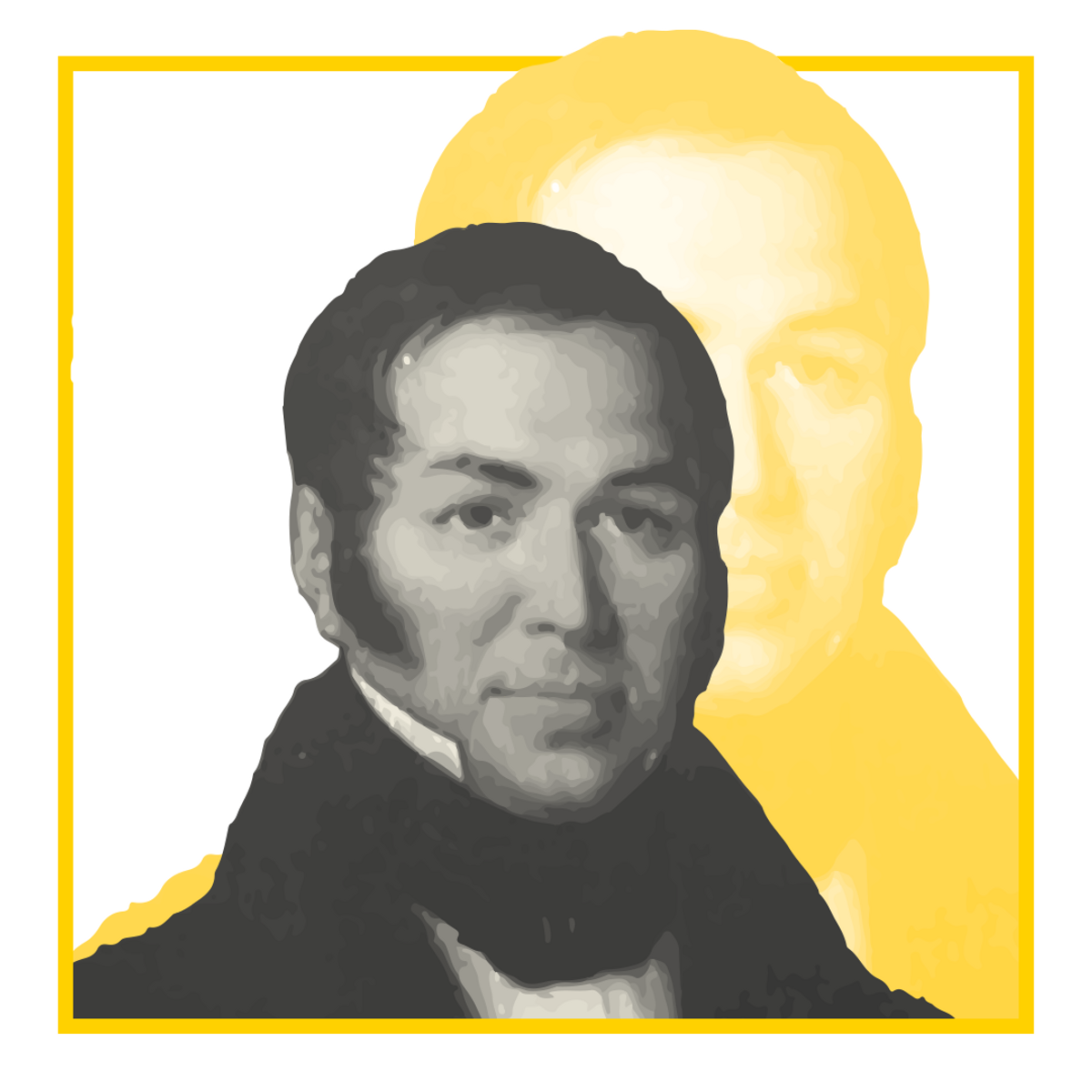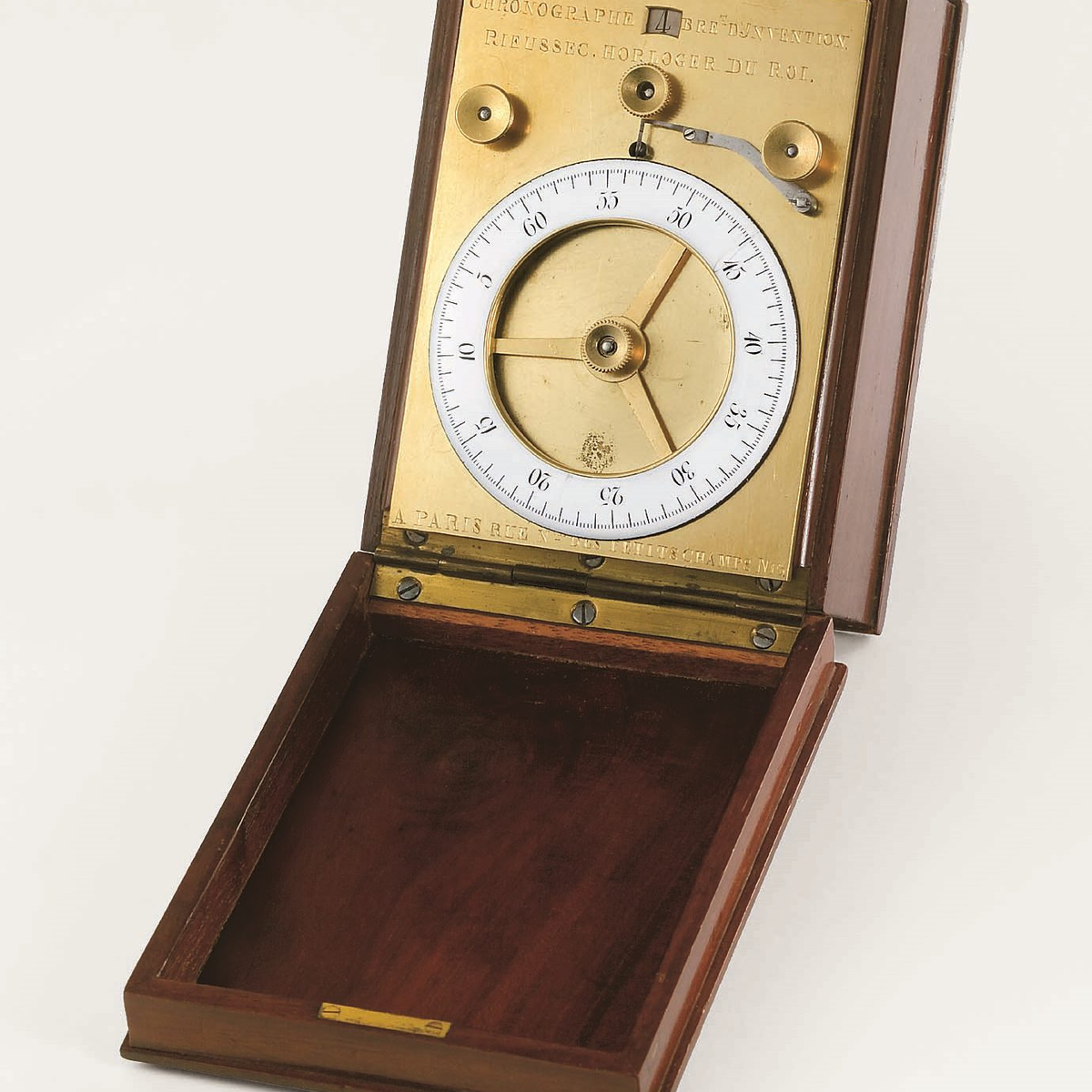Nicolas Mathieu Rieussec’s talent showed early on. Born in 1781, a full-fledged watchmaker by the age of twenty-one, in 1810 he was listed in the Almanach du commerce as one of the 222 watchmakers doing business in Paris. Working from his shop on Ile de la Cité, Rieussec was a respected member of his profession whose ascension would be helped by Napoleon’s defeat at the Battle of Waterloo in 1815, marking the return of the monarchy. In 1817 Nicolas Mathieu Rieussec was appointed horologist to Louis XVIII and, at the king’s request, was placed at the head of the royal furniture depository; the government office responsible for managing the furniture and paintings that decorated the royal residences.
Nicolas Mathieu Rieussec is also enshrined in history as the inventor of a timing device, used at horse races on the Champ-de-Mars, that was long considered the first ever chronograph. While that distinction now goes to Louis Moinet’s Compteur de Tierces, dated 1816, Rieussec’s invention, which he patented in 1822, is undeniably ingenious. In its minutes of October 15, 1821, the Royal Academy of Science mentions a “timekeeper or counter of distance covered” which it refers to as a “seconds chronograph”. Styluses deposit a drop of ink on two rotating enamel dials to indicate the start and finish of each measurement, thanks to which Rieussec’s device could be used to calculate not just the winning horse’s time but that of all the competitors. Nicolas Mathieu Rieussec died in 1866 and was succeeded by his son, Joseph-Ferdinand.
1817
Horologist to the king of France, then in charge of the royal furniture depository
1821
Timed a horse race on the Champs-de-Mars in Paris.
1822
Awarded a five-year patent for a “seconds chronograph”, accurate to 1/5th of a second, that indicates elapsed time by depositing a drop of ink on rotating dials.

